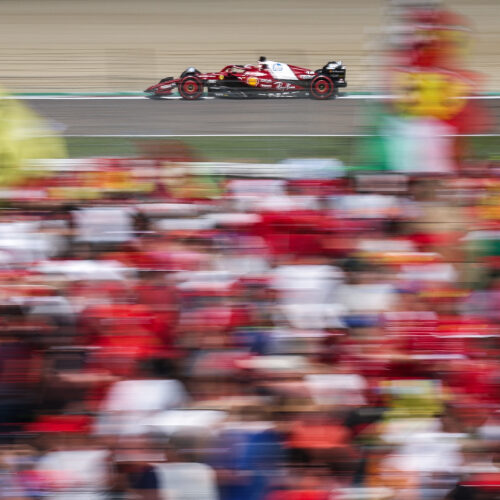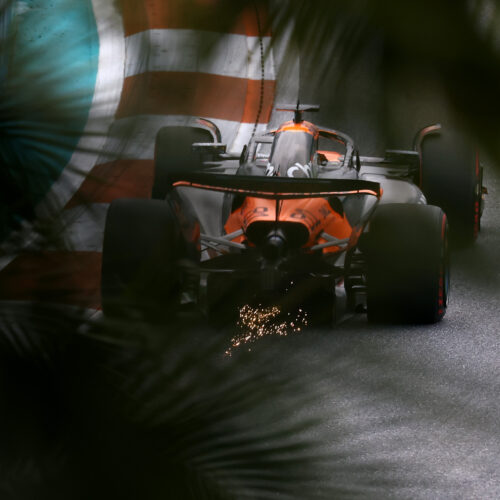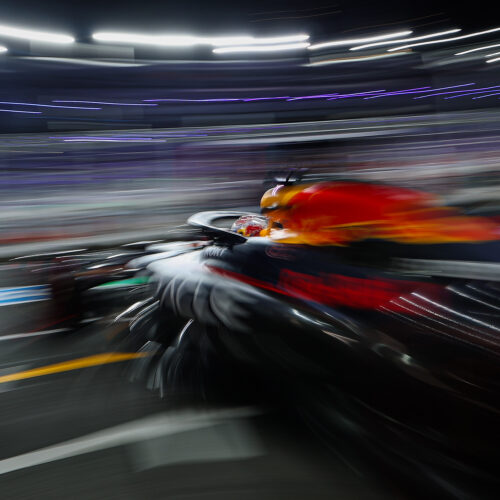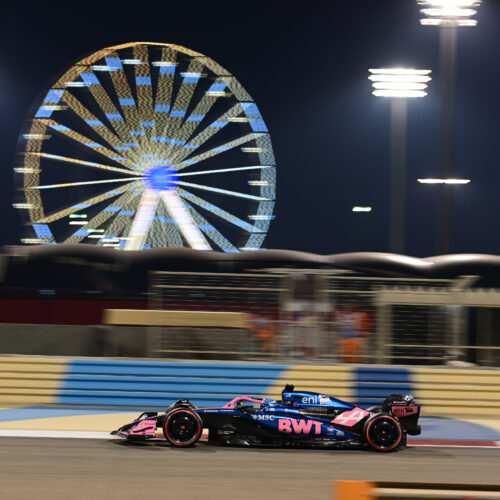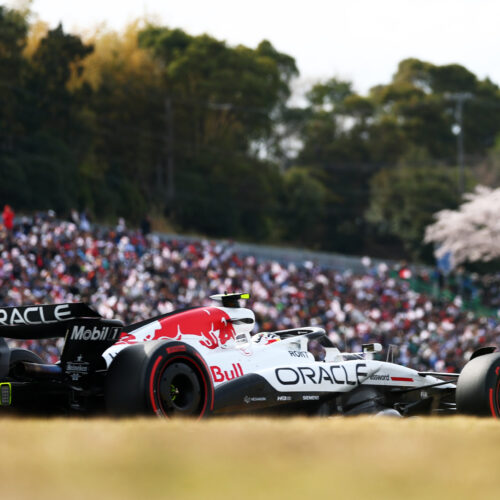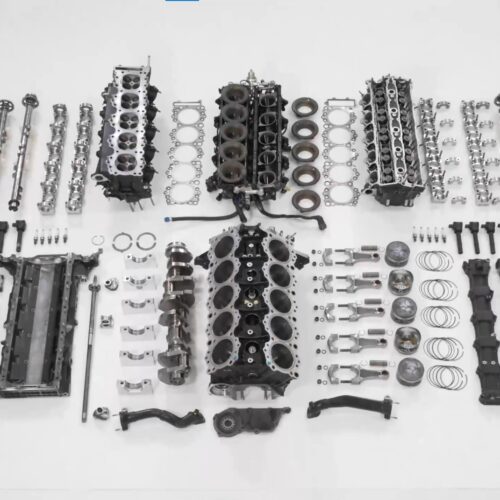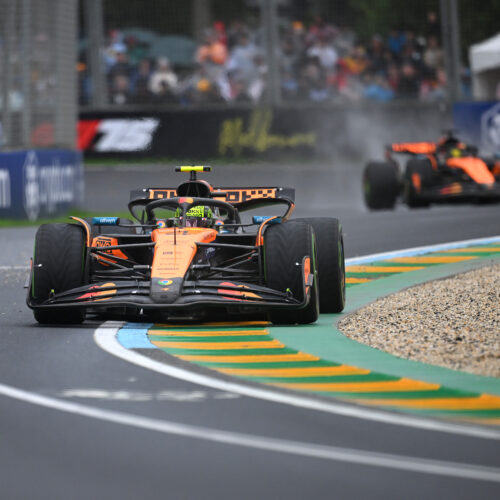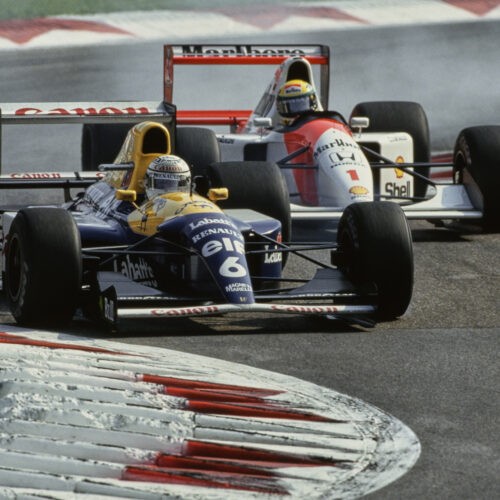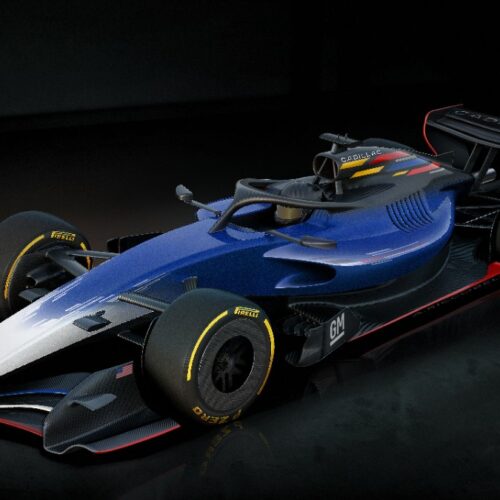F1 in Imola reminds us it’s about strategy as much as a fast car
Formula 1's busy 2025 schedule saw the sport return to its European heartland this past weekend. Italy has two races on the calendar this year, and this was the first, the (deep breath) "Formula 1 AWS Gran Premio Del Made in Italy e Dell'Emilia-Romagna," which took place at the scenic and historic (another deep breath) Autodromo Enzo e Dino Ferrari, better known as Imola. It's another of F1's old-school circuits where overtaking is far from easy, particularly when the grid is as closely matched as it is. But Sunday's race was no snoozer, and for a couple of teams, there was a welcome change in form.
Red Bull was one. The team has looked a bit shambolic at times this season, with some wondering whether this change in form was the result of a number of high-profile staff departures toward the end of last season. Things looked pretty bleak during the first of three qualifying sessions, when Yuki Tsunoda got too aggressive with a curb and, rather than finding lap time, found himself in a violent crash that tore all four corners off the car and relegated him to starting the race last from the pit lane.
2025 has also been trying for Ferrari. Italy expects a lot from the red team, and the replacement of Mattia Binotto with Frédéric Vasseur as team principal was supposed to result in Maranello challenging for championships. Signing Lewis Hamilton, a bona fide superstar with seven titles already on his CV, hasn't exactly reduced the amount of pressure on Scuderia Ferrari, either.


© Ryan Pierse/Getty Images
